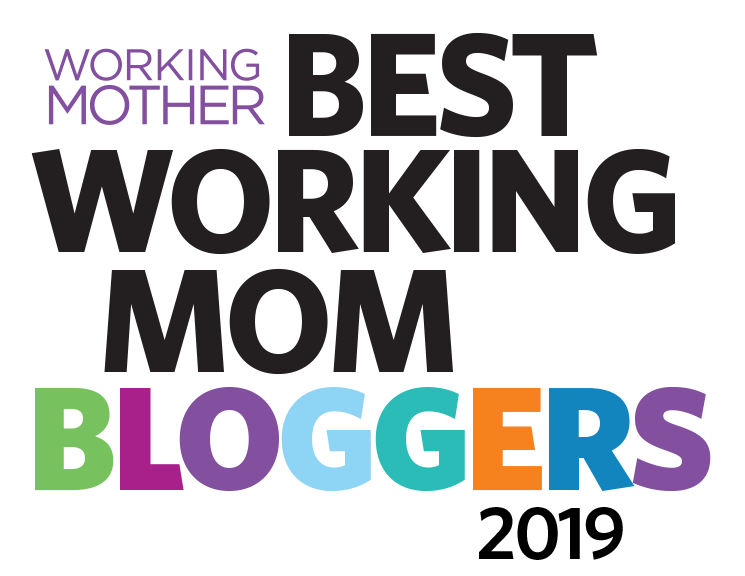Passing along my love of reading to my children has been one of the greatest pleasures of parenthood, other than having to read Goodnight Moon every evening for the past two months to Ben. Over the years, I've found ways to encourage engagement: Read in silly voices, ask the kids questions about the book and pictures, read a new book then have them guess the title. And now, I've picked up some new tactics for comprehension, thanks to this post created by education.com and adapted for the blog.
When Dolly Parton started the Imagination Library program, she wanted kids in her home county of East Tennessee to feel the magic that books can create. That magic comes from reading with imagination. Indeed, reading is powered by imagination. It's an active process that generates vivid and stimulating experiences. These are some ways to help children better comprehend what you read together, harnessing the power of their imagination.
Anticipation brings out the drama of a story. Stop at an interesting point in the book and ask your child how they think the story might develop. Encourage multiple predictions! The more goofy, improbable and fantastic they are, the more they get the creative juices flowing. When you resume reading and learn the plot, discuss the various predictions.
2. Make Figurative Language Literally Interesting
When you come across figurative language, spend time on the literal image. For example, discuss how two peas in a pod look. Search Google Images or grab a pea pod from the fridge and open it, then together make observations about what two peas in a pod are like. Connect your discussion to the figurative meaning in the story, noting if there are other places that are about two peas in a pod.
3. Draw Some Pictures
Using crayons or markers, draw two different scenes in the story, two different characters or two different objects. The pictures can be as detailed as your child wants to make them, and he or she can add elements of their own. Discuss the drawings.
4. Wonder Whether The Story Has To Be That Way
Teachers frequently stop and ask, "What in the story caused this to happen?" when they're teaching reading, to enable students to understand cause and effect. Try a question that can be even more thought provoking: "Is it possible what happened could have happened in a different way?" Your child can come up with changes to the story, exploring multiples causes and their effects.
5. Create A New Moral
Many children's books have morals to them. Let's say the purpose of the book you're reading with your child is to show that friendship matters more than money. Talk about that with your child, then expand that moral. For example, maybe it's that friendship and having a good time matter more than money. Talk about how the story would be different if you added that twist. Discussions like these expand children's reading comprehension, and make reading more fun, too.
Image of peas: Julie Jablonski/Flickr













I love the idea of getting kids to guess the title of the book after you read it! Very clever!
ReplyDeleteI agree with Wendy! I love that idea! We're library fanatics in our home and can never keep enough books on our shelves. I've hear that one of your child's greatest success factors can be reading in the home, so we've always tried to do it as much as we can!
ReplyDeletePaige
http://thehappyflammily.com